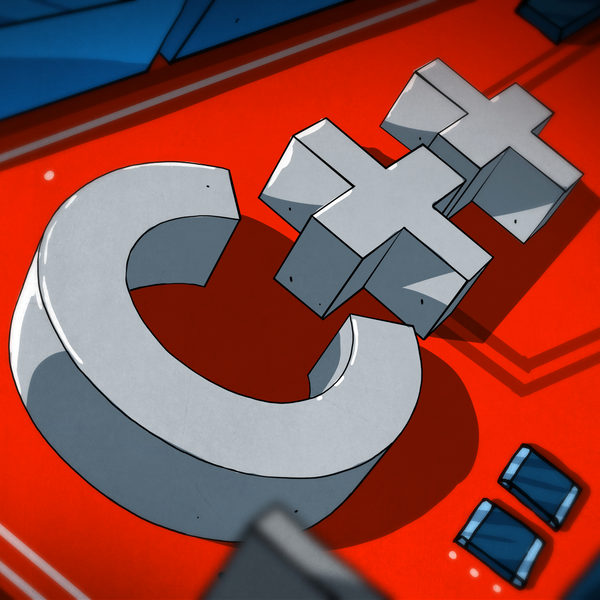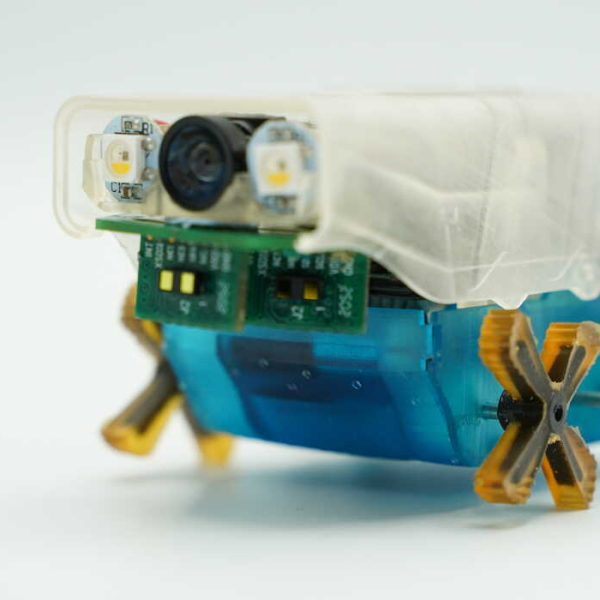Ever pried apart an LCD? If so, you’ve likely stumbled at the unassuming zebra strip — the pliable connector that makes bridging PCB pads to glass traces look effortless. [Chuck] recently set out to test if he could hack together his own zebra strip using conductive TPU and a 3D printer.
[Chuck] started by printing alternating bands of conductive and non-conductive TPU, aiming to mimic the compressible, striped conductor. Despite careful tuning and slow prints, the results were mixed to say the least. The conductive TPU measured a whopping 16 megaohms, barely touching the definition of conductivity! LEDs stayed dark, multimeters sulked, and frustration mounted. Not one to give up, [Chuck] took to his trusty Proto-pasta conductive PLA, and got bright, blinky success. It left no room for flexibility, though.
It would appear that conductive TPU still isn’t quite ready for prime time in fine-pitch interconnects. But if you find a better filament – or fancy prototyping your own zebra strip – jump in! We’d love to hear about your attempts in the comments.


















